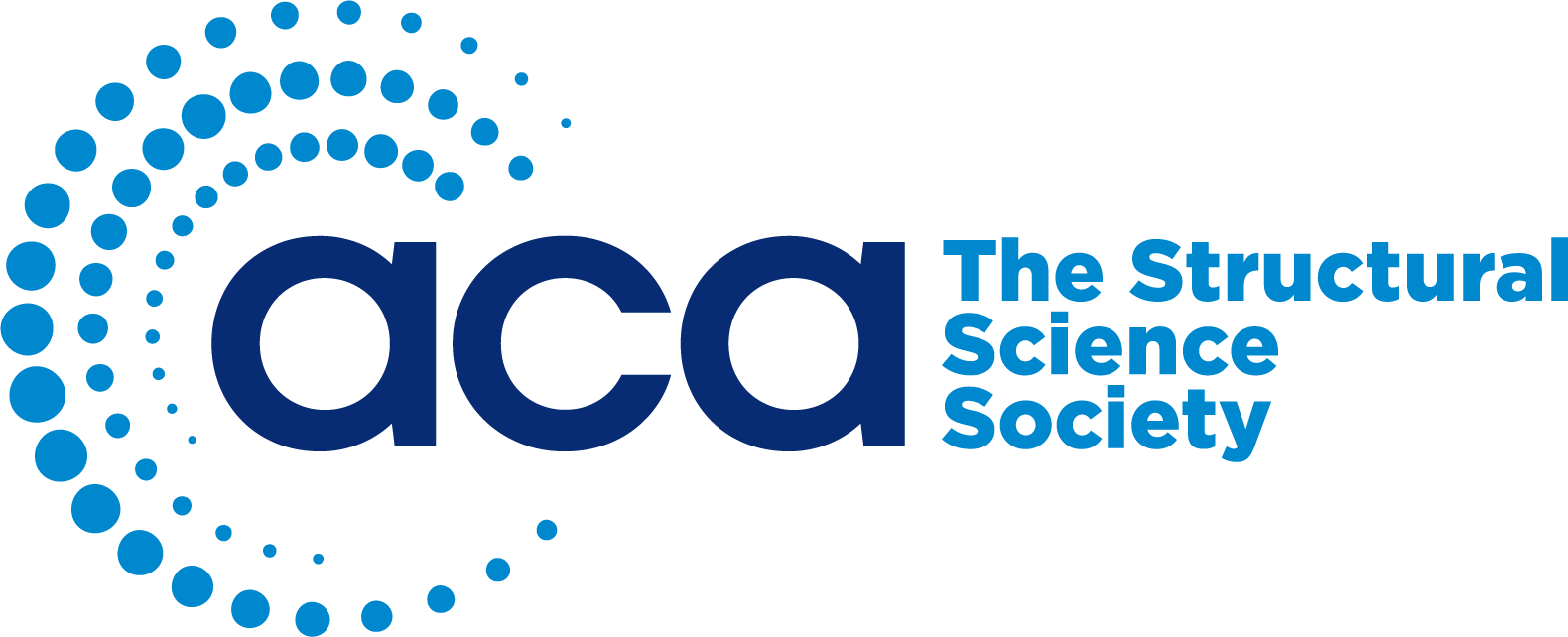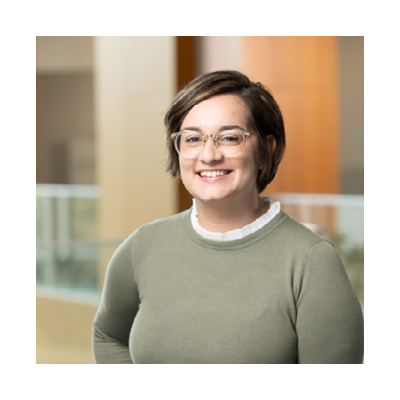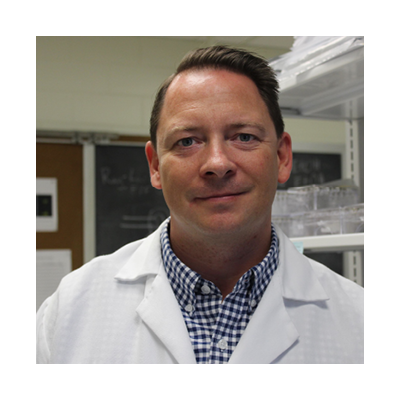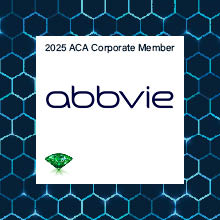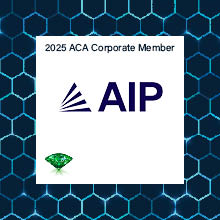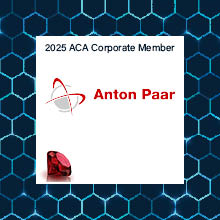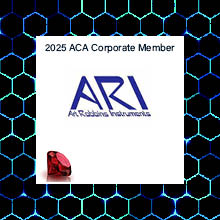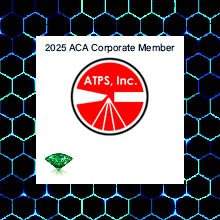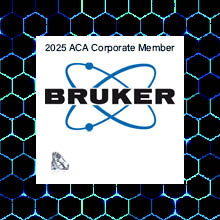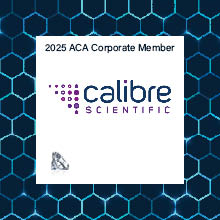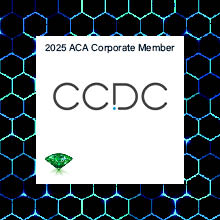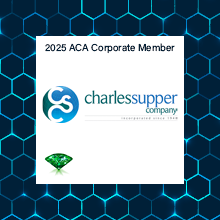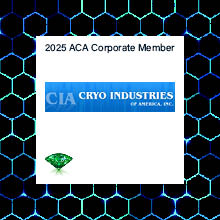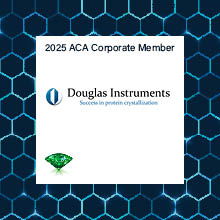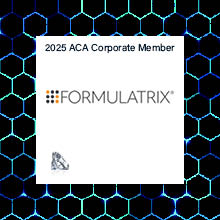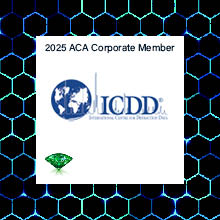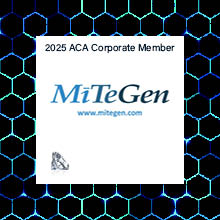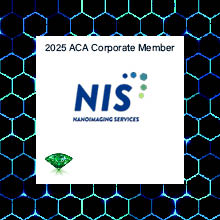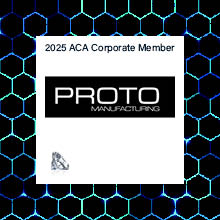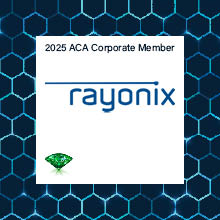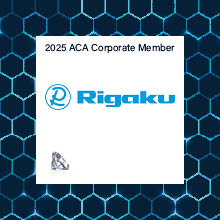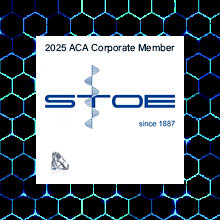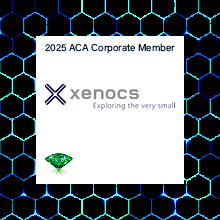|
Conferences and community bring science to life. As structural scientists, organizations like the ACA help to broaden our horizons, build our networks, and share our own works-in-progress. As an early career researcher, the conversations I’ve had at ACA meetings over coffee or a poster have shifted the direction of a stalled research project, exposed me to new ideas and techniques, and introduced me to new friends. I decided to get involved in the Communications Committee for the IUCr2026 Congress as a direct result of the positive experience I had at ACA meetings. As a member of this committee, we are responsible for developing a messaging campaign to invite global structural researchers to join the Congress in Alberta, Canada in 2026. Much of our committee’s work has been focused on efficiently relaying information through email and social media about the upcoming meeting, as we shift posting responsibilities monthly. Rewardingly, our efforts seem to be paying off, with over 800 attendees indicating their interest in attending the meeting, and follower counts on LinkedIn steadily growing. One of the important aspects I’ve come to appreciate about social media advertising for a scientific meeting is keeping a good balance of logistical information, fun posts, and science. All are crucial to keying in on your participant base and engaging them in a memorable fashion. I hope to translate what I am learning as an IUCr2026 Communications committee member to the ACA Communication Committee.
|
|
I am honored to be nominated for consideration to serve on the Communications Committee. My scientific passion is understanding how nucleic acids fold and catalyze reactions, using structural approaches to uncover the fundamental chemistry behind group II introns and DNAzymes. This research advances our understanding of catalytic nucleic acids and has important implications for programmable genome integration and RNA-targeted therapeutics.
Beyond research, I play a significant role in crosscutting initiatives that bring people and disciplines together. I serve as a co-PI on institutional NSF EPSCoR training grants that prepare the next generation of scientists through interdisciplinary research, including efforts to integrate artificial intelligence into biomedical science. I also serve on NIH T32 executive committees that shape graduate training programs. These experiences have given me a broad perspective on how effective communication builds bridges between scientific fields, between institutions, and between scientists and the public.
If elected, I want to help ACA share stories that inspire, showcasing the breadth of structural science, the creativity of our members, and the exciting discoveries shaping our field. I am particularly interested in expanding ACA’s digital presence through improved web content and social media, building stronger connections among members, and creating approachable resources for early-career scientists and the public. Communication is how we grow our community, spark curiosity, and ensure that structural science has a visible and lasting impact.
|
